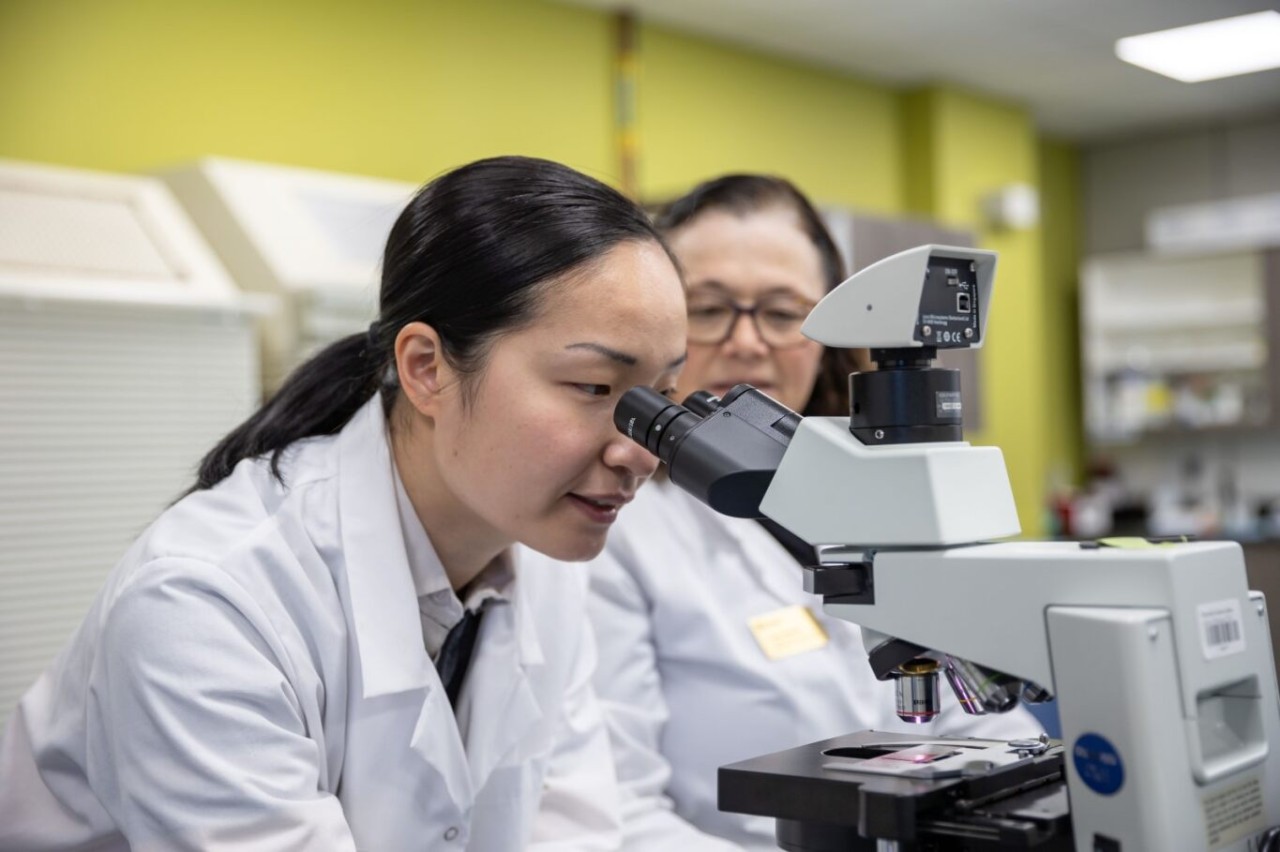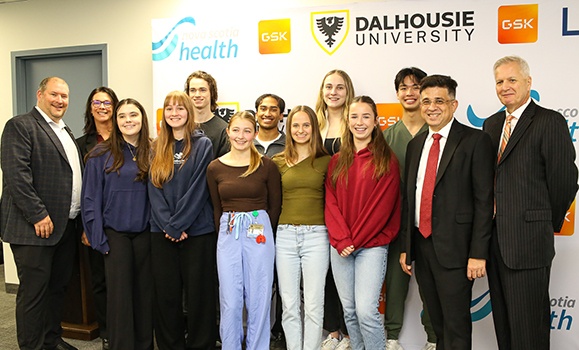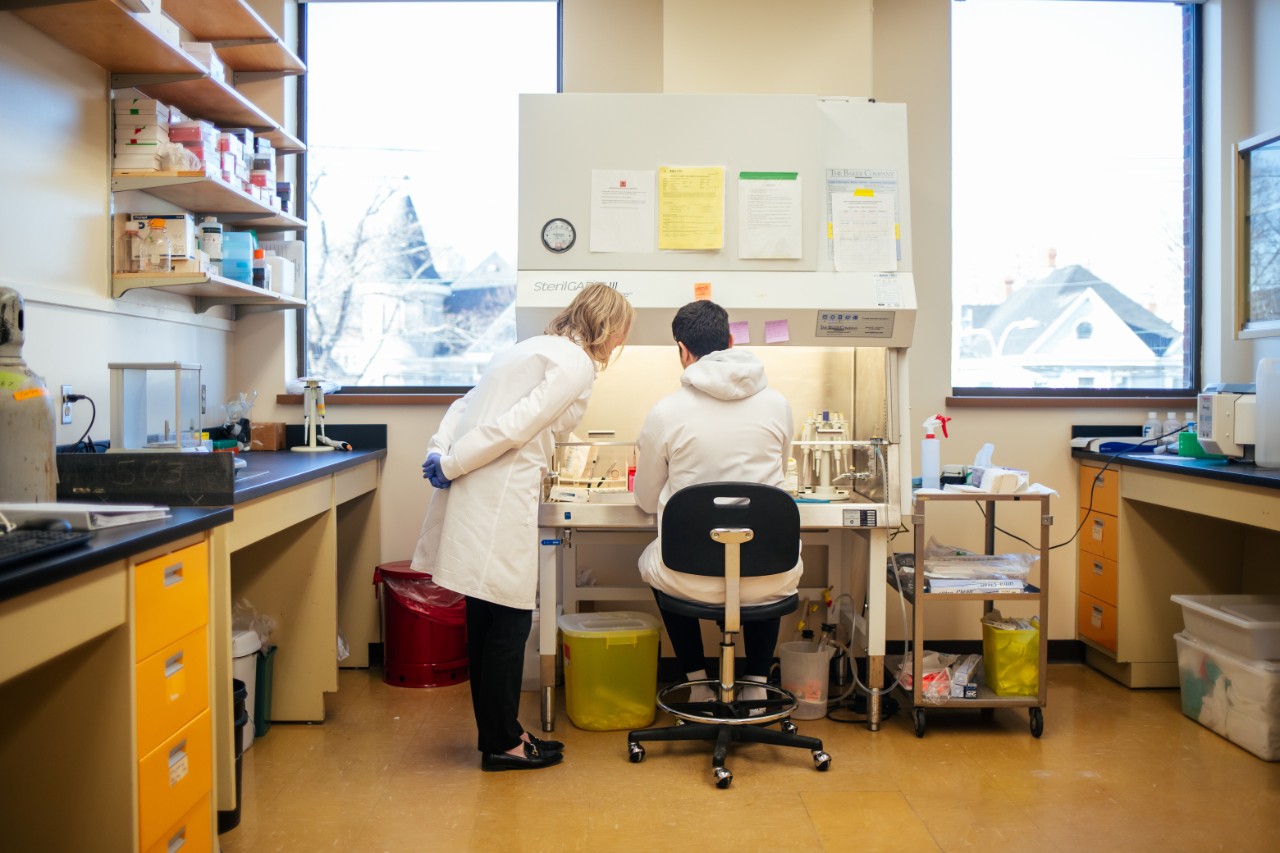Finding solutions for local and global challenges
Local advantage, regional leadership, global impact.
Dalhousie University is a vibrant hub that is making significant contributions at regional, national, and global levels. Recognized for the outstanding quality of our research and innovation and a drive for discovery that results in more than $250 million in research funding each year.












